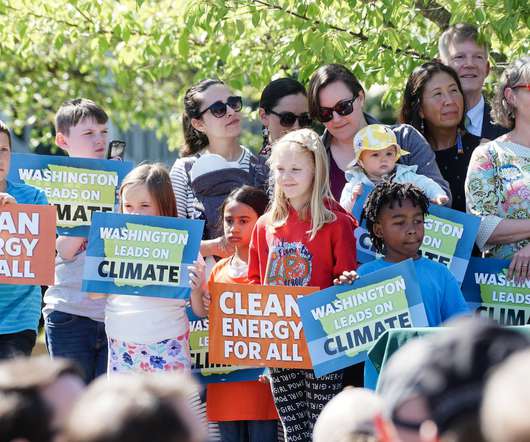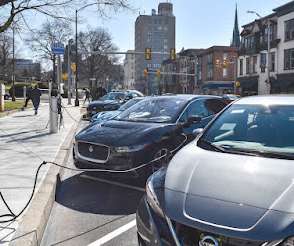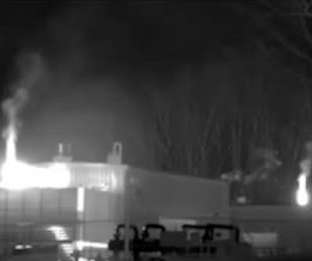DEP Awards $1.5 Million To Help Municipalities, Schools, Businesses Switch To Clean Transportation
PA Environment Daily
FEBRUARY 28, 2023
Getting more zero- and low-emission vehicles on the road in Pennsylvania helps reduce harmful air pollutants, including nitrogen oxides, carbon monoxide, particulate matter, and volatile organic compounds. It also helps lower the level of carbon dioxide, one of the greenhouse gases heating up the climate, in the air.













Let's personalize your content